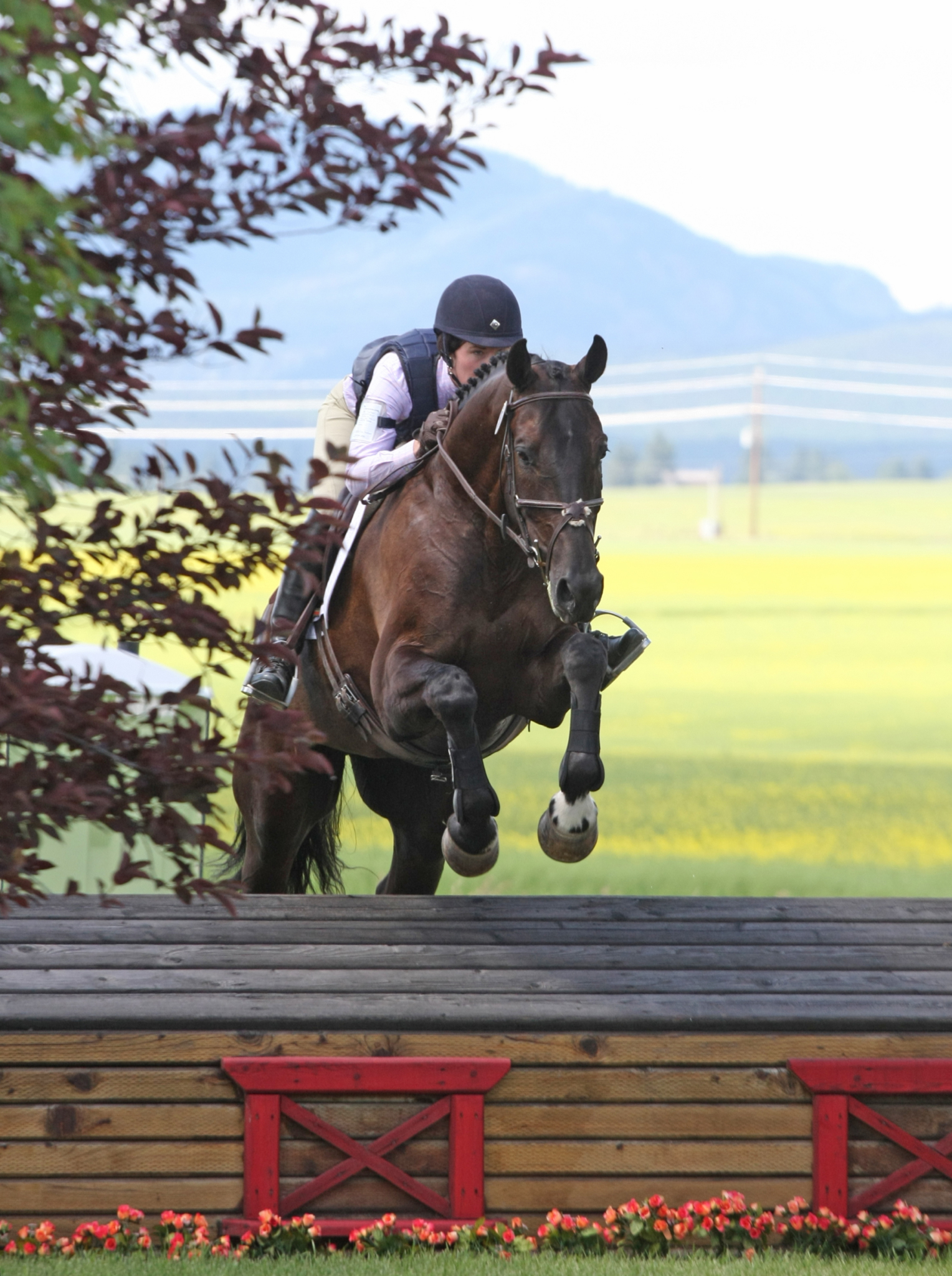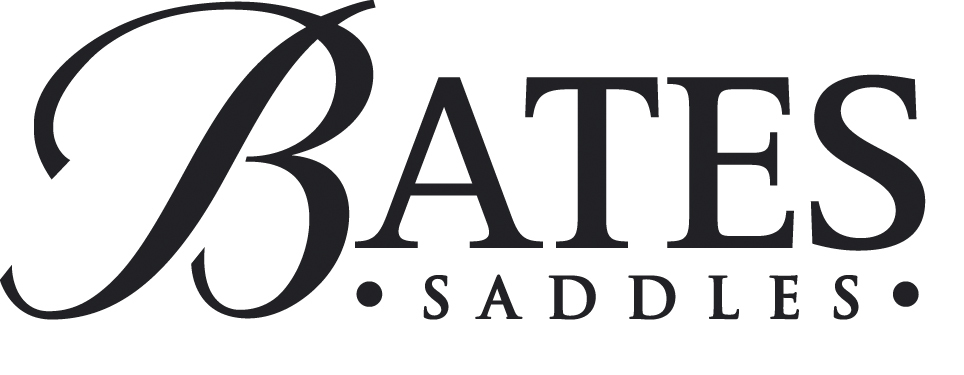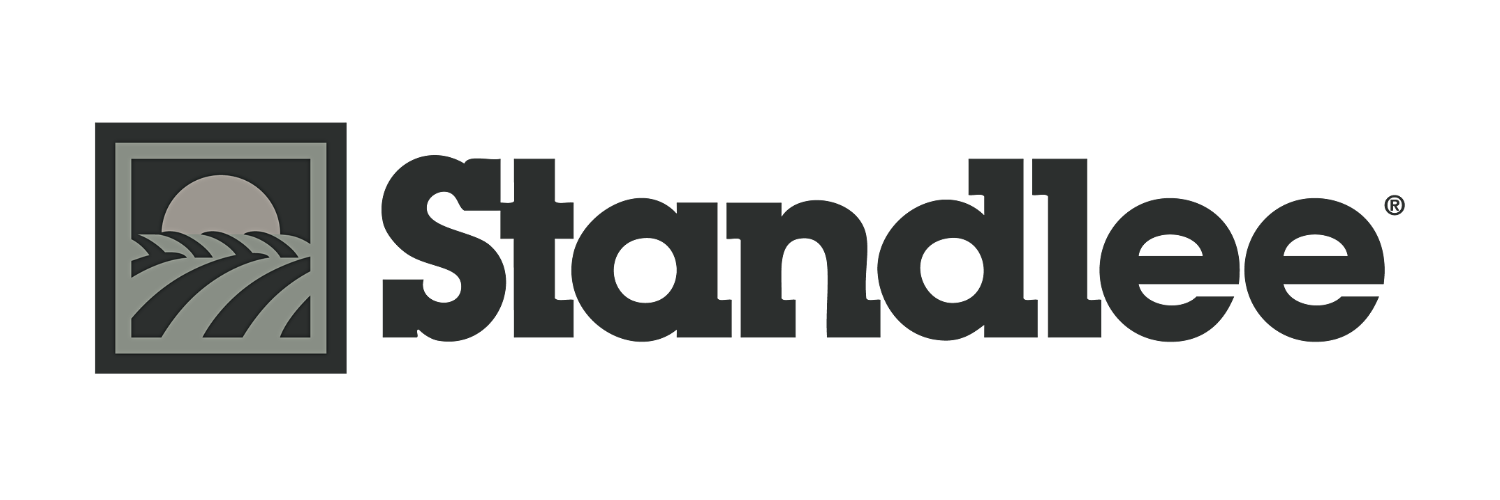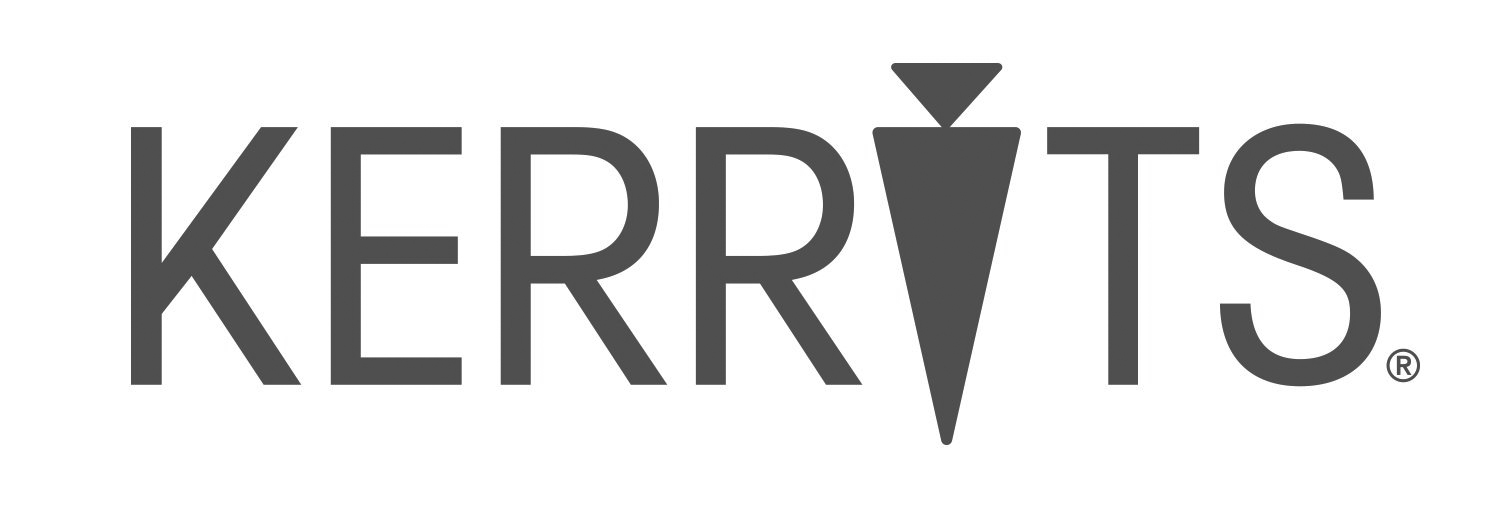USEA New Event Horse Program
The USEA New Event Horse (NEH) Program is designed to be an introduction to the sport of eventing for horse and rider. Adapted from the Young Event Horse Program, the NEH classes are intended to assess a horse’s capability for eventing and to provide a stepping stone to recognized eventing. New Event Horse classes focus on education and preparation to begin eventing in a correct and progressive manner.
Horses are asked to complete two sections:
- Dressage
- Jumping Test/Gallop/General Impression
While many outstanding upper level prospects may find the New Event Horse classes helpful, these classes are intended to be more introductory in nature and to place a greater emphasis on temperament and suitability. The ultimate goal of the New Event Horse Program is to choose the horse that possesses the talent and mind set and who, with proper training, would be the horse most likely to become a competent, safe, and fun adult amateur, junior, or young rider horse at the Preliminary levels and below.

2023 New Event Horse Calendar
Texas Rose Horse Park H.T. (Area V) | March 24-26, 2023
Texas Rose Horse Park H.T. (Area V) | May 6-7, 2023
The Vista Spring YEH/FEH/NEH Qualifier (Area III) | May 17, 2023
Woodloch Stable YEH/FEH/NEH (Area IV) | June 24, 2023
Snowdonia Sport Horse Complex YEH/NEH (Area V) | June 26, 2023
Twin Rivers Summer H.T. (Area VI) | June 29 - July 2, 2023
Masterson Equestrian Trust YEH/NEH Qualifier (Area VIII) | July 8, 2023
Five Points H.T. (Area II) | September 9-10, 2023
*There is no championship for the NEH program
Guidelines for NEH
Requirements
- Age: Horses must be 4 years old or older.
- Membership: Riders must be members of the USEA, but may be registered as a supporting member. Horses must be registered with the USEA. but may be registered with a limited registration. Horses or Riders may be registered the day of competition.
- Saddlery: Only snaffle bridles may be used in dressage and boots and martingales are optional for jumping. No boots to be worn in Dressage.
- Dress (relaxed): ASTM/SEI approved helmets mandatory at all times while mounted. Dressage phase: Collared shirt with sleeves, breeches, and boots. Jumping phase: Cross-country attire with safety vests. Half-chaps are allowed.
- Class specifications: Organizers may offer more than one NEH course at different jump height specifications. Intro: cross-rails up to two feet high, Starter: 2'-2'3" , Beginner Novice: 2'3"-2'7." No NEH course shall exceed Beginner Novice specifications. Organizers may then sub-divide division by age of horse, age of rider, breed of horse, or experience level.
Class Structure
Dressage Test 30% Jumping Test/Gallop/General Impression 70% The Dressage Test must be before the Jumping Test/Gallop/General Impression.
Judges are to be derived from the YEH Judges List. Those judges are guided to look for horses with aptitude for dressage and jumping, and the temperament and suitability for Eventing. Priority should be given for the horse the judge views as likely to become a capable and sensible partner at the Preliminary level and below. While athleticism, scope, and elastic gaits are a necessary component of a successful event horse, a horse that may not be a viable 4/5-star prospect should not be unnecessarily penalized in this competition due to an apparent lack of scope. A sensible weighing of athletic ability with necessary temperament, cattiness, and mindset should be performed. In short, the winning horse should be the one that would most likely be a fun, safe, and successful partner at Preliminary and Training level, with the structural soundness to predict it will be able to compete at that level comfortably.
Section I - Dressage
The dressage test shall be the 4 year old Young Event Horse qualifying dressage test. This is a modified dressage test judged on overall collective impressions (not by each individual movement). The dressage test can be found here.
Section II – Jumping Test/Gallop/General Impression
The jumping phase, ideally, should incorporate a small course of exactly five show jumping fences immediately followed by exactly ten cross-country jumps. This model allows for a smooth transition from a show jumping pace to the more forward cross-country pace. Organizers are strongly encouraged to include descriptions of their courses in omnibus and other listings.
An event horse must be able to jump a bank, ditch, water, or solid fence. All events must incorporate at least one of these obstacles in their jumping section. The obstacles should be straight forward, inviting, and age-appropriate for the youngsters. Please note that schooling through the water obstacle prior to competition is permitted and encouraged. Continued refusals (more than four on the entire course) or prolonged nappiness may be excused at the judge’s discretion, but the emphasis should be on a positive introduction to the sport of Eventing. If a rider falls, it is Elimination.
The judge must be able to easily see all fences on the jumping course. An ideal design for the jumping section would be a relatively open space with exactly five show jumps at the beginning of the course. This allows the horse to jump the more technical fences then move on to a more forward stride to the cross country course. There should be exactly 10 cross-country fences. There must be enough room for the horse to gallop away from the last fence for long enough that the judge can assess the quality of the gait. Horses are required to show their gallop immediately following the last jump and organizers should permit sufficient room for horses to develop their gallop and pull up safely.
Note to organizers: there may be a time delay between phases, and the dressage and jumping phases may be run in conjunction with a recognized competition by setting stadium type jumps near the start of the cross-country course and making use of the start box.
Horses in the NEH may be cross-entered at Beginner Novice or Novice at a recognized horse trials occurring in conjunction with the NEH class.
Guidelines for Judging
The aim of these classes is to encourage the introduction of horses to the sport of Eventing.
Method of Judging
The Judges should bear in mind they are looking for potential for the future, and recognize that unfortunately, all too often, the horse with the most potential may not be the one which is presented in the best manner. Judges are looking for a kind, wiling, athletic, moving horse with a promising jumping technique that, with correct training, will develop physically and mentally into a safe and enjoyable mount for an adult amateur or young rider or at the two star level or below.
In the dressage phase, unlike a normal dressage test, marks are not given for individual movements. Three correct and regular gaits are the qualities that judges will be seeking. Horses should not be marked down for displaying a little exuberance, though a willing temperament should be considered a positive factor. The judge will have to weigh the influence of the rider; a good rider may present a well balanced, smooth test from perhaps a moderate, not scopey horse while a novice rider may even hinder a good horse from showing its true worth. Likewise in the jumping we are looking for a kind, safe, athletic horse with good technique and a horse with these qualities should not necessarily be penalized for knocking down a fence providing he learns from his mistake. Nor should a horse be penalized for a rider’s mistake; however, a horse’s reaction to a rider’s error should be used to inform the overall score either positively or negatively. While the majority of the course should be jumped at the canter, a horse will not be penalized for jumping out of the trot.
In conclusion we could sum up by asking the question "Which horse would I buy to make to make an introductory event horse for my student?"
Scoring and Use of Marks
Careful thought must be given to how the marks are used. Judges should use the full range of marks. Similar to dressage judging, the first horse in sets the standard and therefore one must leave enough room to put better horses above and weaker horses below.
Dressage will be scored on a 1-10 mark basis, as well for the gallop and general impression sections.
- 1 = very bad
- 2 =bad
- 3= fairly bad
- 4= insufficient
- 5 = marginal
- 6= satisfactory
- 7= fairly good
- 8= good
- 9= very good
- 10 = excellent
For the jumping phase, horses will be scored 0.0-5.0 with 0.5 decimal points allowed. Each individual fence will receive a score with the following system:
- 0 - Refusal
- 1 - Very Bad
- 2 - Bad
- 3 - Satisfactory
- 4 - Good
- 5 - Excellent
Dressage total average score is worth 30% of your score.
Jumping Test/Gallop/General Impression is worth 70% of your score.
Contact
If you are interested in hosting a USEA New Event Horse competition or have questions about the NEH Program, please contact Kate Lokey, (703) 779-9897.








